Specialised Devices and Modules
Advanced modules including temperature controllers, multiplexer units, and custom interfaces for tailored electrochemical workflows and niche research requirements.
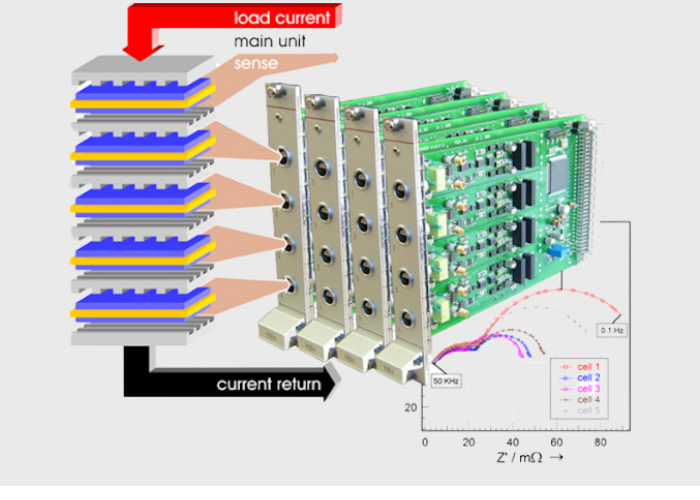
PAD4 Cards
- Channels per card: 4 individually addressable
- Sockets: 4x Lemosa EGA.0B.307.CLL
- Input voltage range: ±4 V, ±5 V1, ±10 V1, ±12 V1, ±20 V1 or ±24 V1
- Input voltage accuracy: ±250 µV ±0.05% of reading ±4 V input voltage range
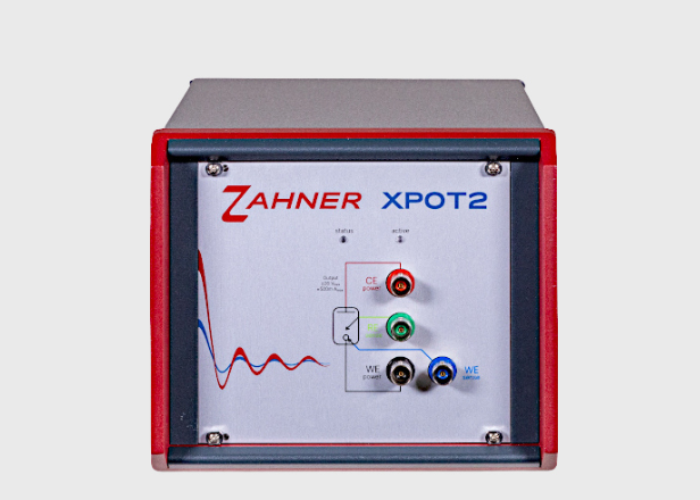
XPOT2
- Modes of Operation: Potentiostatic, Galvanostatic, Pseudo-Galvanostatic, OCP
- Max Power: 12 W
- Max Voltage: ±25 V
- Max Current: ±0.5 A

PP212
- Modes of Operation: Potentiostatic, Galvanostatic, Pseudo-Galvanostatic, OCP
- Max Power: 200 W
- Max Voltage: ±20 V
- Max Current: ±10 A
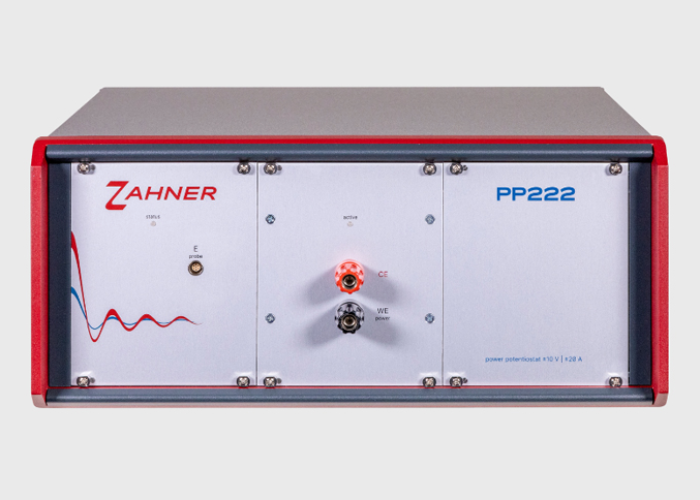
PP222
- Modes of Operation : Potentiostatic, Galvanostatic, Pseudo-Galvanostatic, OCP
- Max Power: 200 W
- Max Voltage: ±10 V
- Max Current: ±20 A
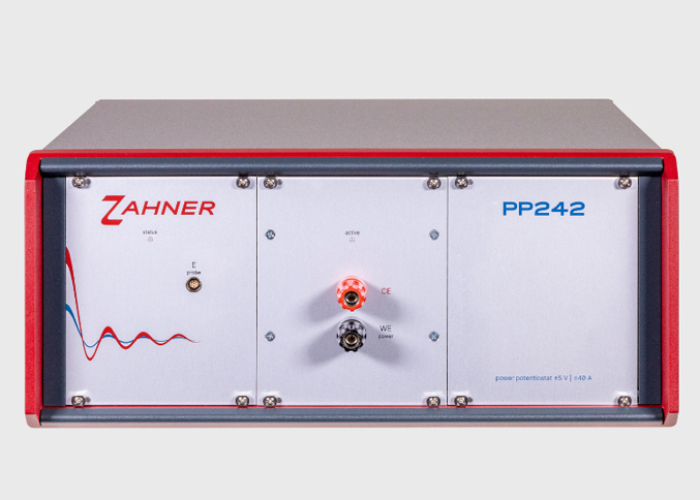
PP242
- Modes of Operation: Potentiostatic, Galvanostatic, Pseudo-Galvanostatic
- Max Power: 200 W
- Max Voltage: ±5 V
- Max Current: ±40 A
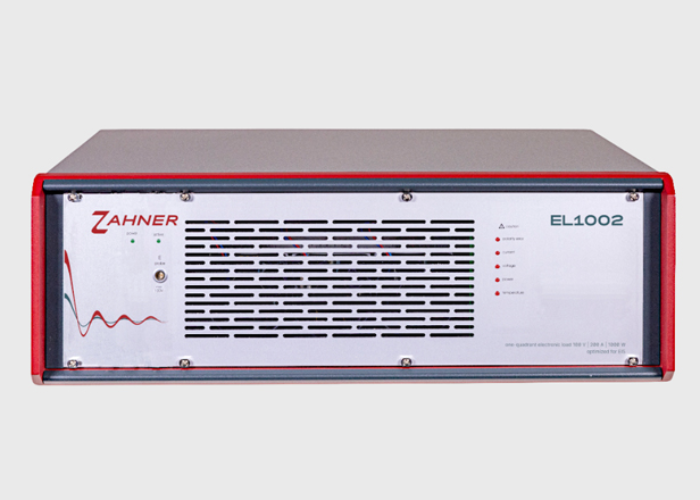
Electronic Load – EL1002
- Modes of Operation: Potentiostatic, Galvanostatic, Pseudo-Galvanostatic
- Maximum Measurable Voltage: ±100 V
- Maximum Measurable Current: ±680 A
- Maximum Input Voltage: 100 V
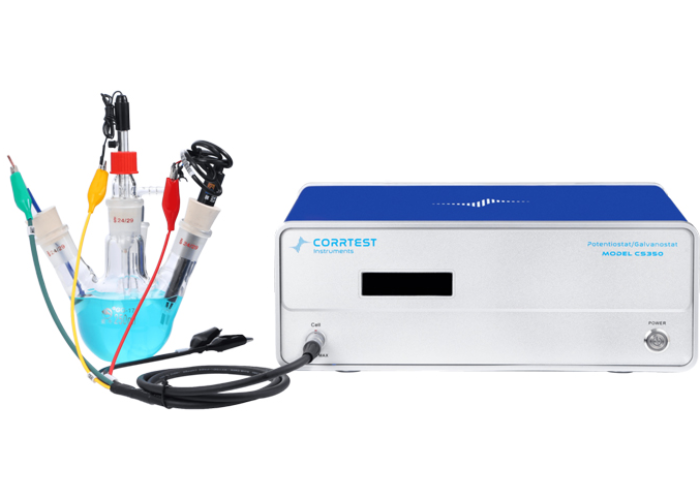
Pitting corrosion potential measurement potentiostat CS300M
- Support 2-, 3- or 4-electrode system: Potential and current range: Automatic
- Potential control range: ±10V: Current control range: ±2A
- Potential control accuracy:0.1%×full range±1mV: Current control accuracy: 0.1%×full range
- Potential resolution: 10μV (>100Hz),3μV (<10Hz): Current sensitivity:1pA
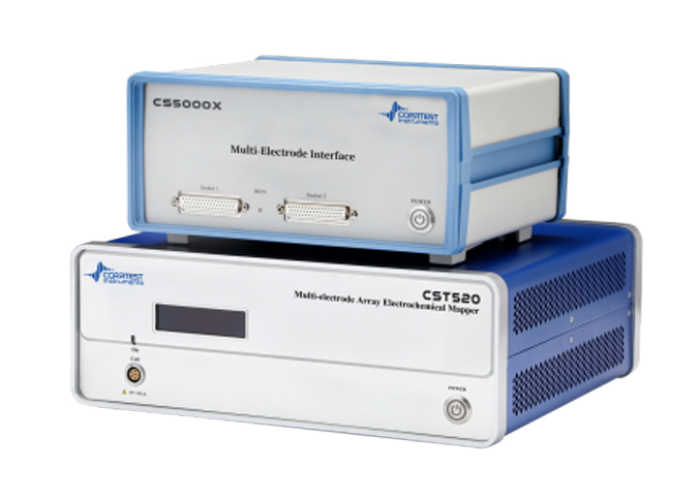
CST520 Multi-electrode Array Electrochemical Mapper
- Potential range: ±10V, ±5V, ±2.5V
- Potential control accuracy: 0.1% of Full scale±1mV
- Current range: 2nA~2 A,10 ranges
- Maximum current output: ±2A
Specialised Devices and Modules for Electrochemistry from Sciencegears
Overview of Sciencegears Electrochemistry Solutions
Sciencegears provides advanced devices and modules specifically engineered for high-performance electrochemical research. These solutions are widely used in battery development, fuel cells, corrosion studies, and impedance analysis. The portfolio is designed to support both standalone experiments and complex, multi-channel analyses, making it suitable for modern energy and materials science research.
Power Potentiostats
High-Performance 4-Quadrant Potentiostats
These potentiostats are engineered for high-current, high-precision applications and can function as extensions to the ZENNIUM series or as standalone instruments.
Models and Specifications
| Model | Max Current | Voltage Range | Max Power Output | Key Features |
|---|---|---|---|---|
| PP212 | ±10 A | ±20 V | 200 W | High voltage, suitable for medium-power electrochemical applications. |
| PP222 | ±20 A | ±10 V | 200 W | Ideal for higher current applications, battery and fuel cell testing. |
| PP242 | ±40 A | ±5 V | 200 W | Designed for very high current, low voltage applications (e.g., electrolyzer stacks, large battery packs). |
Common Features
- 4-quadrant operation (can source and sink current)
- Modular integration with ZENNIUM potentiostats
- Standalone operation for DC measurements
- USB/Ethernet connectivity
- Multiple cell connection schemes (2-, 3-, 4-terminal sensing)
- Suitable for research in batteries, fuel cells, and corrosion
Auxiliary Potentiostat
XPOT2: Auxiliary Module for ZENNIUM Series
- Output: ±500 mA, ±25 V compliance voltage
- Applications: Rotating ring disk electrode (RRDE) measurements, hydrogen permeation studies, multi-channel setups
- Integration: Controlled via EPC42 module; up to 16 XPOT2 units can be managed by one ZENNIUM system for parallel or multi-cell measurements
Electronic Load
EL1002: High-Power Electronic Load Module
- Type: Single-quadrant electronic load
- Voltage/Current: Up to 100 V, 680 A
- Purpose: Designed for high-power electrochemical systems, such as PEM or solid oxide fuel cells
- Integration: Extension for ZENNIUM series, optimized for galvanostatic operation on low-resistance objects
- Power Dissipation: Up to 1000 W (sink mode)
- Applications: Battery and fuel cell stack testing, high-current EIS, state-of-charge (SOC) measurements
Parallel Impedance Measurement
PAD4 Cards: Synchronous, Parallel Impedance Measurement
- Function: Plug-and-play extension cards for synchronous, parallel impedance measurements
- Channels: 4 parallel channels per card; up to 4 cards for a total of 17 channels
- Applications: Stack measurements in batteries and fuel cells, enabling simultaneous impedance analysis of multiple cells or segments
- Advantage: True parallel acquisition (not multiplexed), ensuring accurate, synchronous data collection
CST520 Multi-Electrode Array Electrochemical Mapper
- Function: Rapidly maps galvanic current and open circuit potential (OCP) distributions
- Application: Detailed analysis of non-uniform corrosion on metal samples
Corrosion-Specific Instruments
CS300M: Pitting Corrosion Potential Measurement Potentiostat
- Purpose: Dedicated instrument for precise and reliable pitting corrosion studies
- Applications: Research and quality control in corrosion science
Applications
- Battery and fuel cell research
- Corrosion studies and mapping
- Electroplating and material characterization
- Multi-channel and high-throughput impedance spectroscopy
- Advanced electrode and sensor development
Summary Table
| Device | Main Function | Max Current/Voltage | Max Channels | Notable Applications |
|---|---|---|---|---|
| PP212 | Power potentiostat | ±10 A / ±20 V | 1 | Battery, fuel cell, corrosion |
| PP222 | Power potentiostat | ±20 A / ±10 V | 1 | Battery, fuel cell, corrosion |
| PP242 | Power potentiostat | ±40 A / ±5 V | 1 | Electrolyzer, battery stacks |
| XPOT2 | Auxiliary (bi-)potentiostat | ±500 mA / ±25 V | Up to 16 | RRDE, multi-cell, precision |
| EL1002 | Electronic load (single-quadrant) | 680 A / 100 V | 1 | High-power fuel cell, battery |
| PAD4 | Parallel impedance measurement | N/A | Up to 17 | Battery/fuel cell stacks |
Frequently Asked Questions: Sciencegears Electrochemistry Devices
1. How do the PP212, PP222, and PP242 differ in current and voltage ranges?
| Model | Max Current | Voltage Range | Max Power Output |
|---|---|---|---|
| PP212 | ±10 A | ±20 V | 200 W |
| PP222 | ±20 A | ±10 V | 200 W |
| PP242 | ±40 A | ±5 V | 200 W |
- PP212: Optimized for higher voltage (up to ±20 V) but moderate current (up to ±10 A)
- PP222: Balanced for higher current (up to ±20 A) at moderate voltage (up to ±10 V)
- PP242: Designed for very high current (up to ±40 A) but lower voltage (up to ±5 V), ideal for demanding, low-voltage, high-current applications
2. What advantages does the XPOT2 offer as an auxiliary potentiostat for bi-potentiostat setups?
- Bi-potentiostat Functionality: Enables simultaneous control of two working electrodes, essential for advanced techniques like RRDE experiments and hydrogen permeation studies
- High Precision: Delivers precise current and voltage control (±500 mA, ±25 V compliance)
- Scalability: Up to 16 XPOT2 units can be managed by a single ZENNIUM system
- Seamless Integration: Fully integrates with ZENNIUM potentiostats and is controlled via the EPC42 module for synchronized operation and data acquisition
3. How can the PAD4 cards enhance impedance measurements across multiple channels?
- True Parallel Acquisition: Each PAD4 card provides four independent, synchronous impedance measurement channels (not multiplexed)
- Scalability: Up to four PAD4 cards can be combined for a total of 17 parallel channels
- Essential for Stack Analysis: Ideal for battery and fuel cell stacks, enabling real-time monitoring of individual cell impedance
- Plug-and-Play: Simple integration with ZENNIUM systems for rapid setup
4. What specific applications benefit most from high-current potentiostats like the PP242?
- Electrolyzer Stack Testing: Simulate real-world operating conditions for water electrolysis and hydrogen generation
- Large Battery Pack Evaluation: Testing and cycling of large-format batteries or modules
- Fuel Cell Stack Research: Characterization of fuel cell stacks under high-current, low-voltage scenarios
- Industrial Electrochemical Processes: Applications such as electroplating, corrosion testing, and material deposition
5. How does Sciencegears support customization of electrochemical instrumentation for unique research needs?
- Modular System Design: Flexible integration of potentiostats, auxiliary modules, and impedance cards
- Scalable Channel Count: Expandable channel numbers for parallel or high-throughput testing
- Software Integration: Advanced controls for user-defined protocols, automation, and scripting
- Custom Hardware Solutions: Support for unique cell connections, custom fixtures, and specialized setups
- Expert Consultation: Direct support and consultation for bespoke electrochemical systems
Why Choose Sciencegears?
- Expertise: Founded by passionate electrochemists, delivering tailored solutions and exceptional instruments
- Comprehensive Portfolio: Covers all major research and industrial electrochemistry needs
- Technical Support: Dedicated to providing technical assistance and consultation for every stage of research
Sciencegears empowers electrochemical research with advanced, flexible, and scalable instrumentation, supporting innovation in batteries, fuel cells, corrosion science, and beyond.
